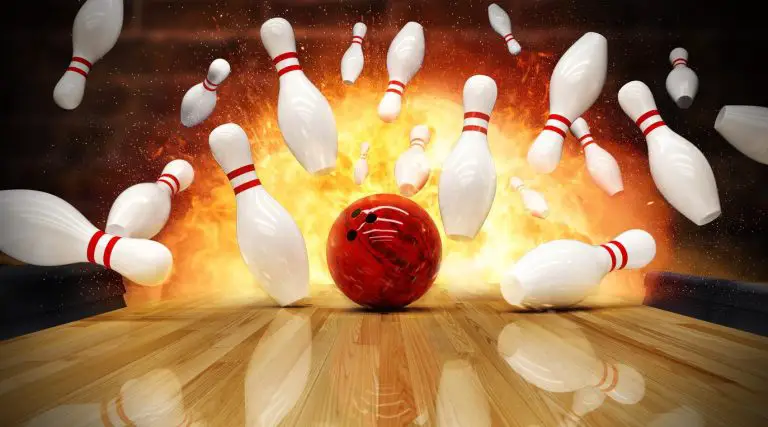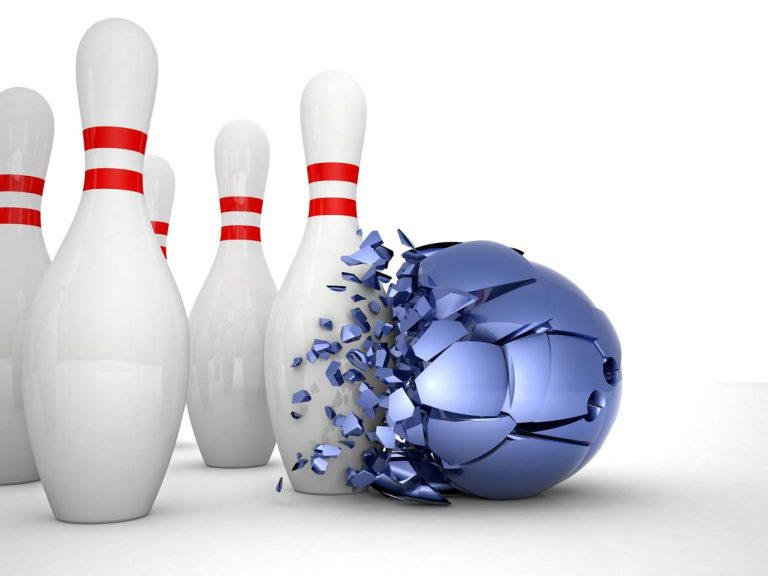5 Pin Pro Bowling: Exploring the Competitive Scene
Five-pin bowling is a popular variation of the traditional game of ten-pin bowling. It is played mostly in Canada, where many bowling alleys offer it, either alone or in combination with ten-pin bowling.
5-pin bowling does have a professional level. The sport has been played competitively in Canada for over a century, and there are several organizations that organize and govern professional five-pin bowling leagues and tournaments.
However, the professional level of five-pin bowling is not as well-known or lucrative as ten-pin bowling. In this article, we will explore the history and evolution of five-pin bowling, the professional level of the sport, how to play the game, and some tips for understanding five-pin bowling.
Key Takeaways
- Five-pin bowling has a professional level, but it is not as well-known or lucrative as ten-pin bowling.
- The sport has been played competitively in Canada for over a century, and there are several organizations that organize and govern professional five-pin bowling leagues and tournaments.
- To play five-pin bowling, you need to roll a ball down a lane and knock down five pins that are arranged in a V shape. The game is scored differently than ten-pin bowling, with three rolls per frame instead of two, and a maximum score of 450 points instead of 300.
History and Evolution of Five-Pin Bowling
Five-pin bowling is a unique Canadian sport that has been enjoyed for over a century. The game was first played in Toronto, Ontario in 1909, where it was invented by Thomas F. Ryan. Ryan was a bowling alley owner who had previously introduced ten-pin bowling to Canada. He created five-pin bowling in response to complaints from his customers that ten-pin bowling was too strenuous.
Thomas F. Ryan and the Toronto Bowling Club
Ryan’s Toronto Bowling Club was the birthplace of five-pin bowling. The game quickly gained popularity in Toronto and soon spread throughout Canada. Ryan’s original pins were made of rubber and were arranged in a V shape at the end of the lane.
Development of Five-Pin Bowling Rules
Over time, the rules of five-pin bowling evolved. In 1910, the first five-pin bowling league was formed at Ryan’s Toronto Bowling Club. In 1921, the first perfect “450” game was bowled by Bill Bromfield in Toronto.
Today, the game is played with modern equipment and standardized rules. Each player gets three balls per turn and scores by knocking down as many pins as possible. Each pin is worth a different number of points, and the maximum score for a single frame is 15 points.
While five-pin bowling is not as well-known as ten-pin bowling, it remains a beloved Canadian pastime. Although it is not as widely played as it once was, it continues to have a dedicated fan base.
Despite its popularity, five-pin bowling does not have a professional level in the traditional sense. However, there are still opportunities for skilled players to compete in tournaments and leagues at the local and regional levels.
Professional Five-Pin Bowling
Five-pin bowling is a popular sport in Canada, but does it have a professional level? The answer is yes. Professional five-pin bowling exists, and it is regulated by the Canadian 5 Pin Bowlers Association (C5PBA).
Canadian 5 Pin Bowlers Association
The C5PBA is the governing body of five-pin bowling in Canada. It was established in 1967 and has been organizing and regulating the sport ever since. The association oversees the organization of tournaments, sets the rules and regulations, and ensures that the sport is played at a high level of skill and sportsmanship.
Major Competitions and Tournaments
There are several major competitions and tournaments in professional five-pin bowling. Major tournaments include the Open Championship, Women’s Championships, Youth Challenge, and Seniors Championships.
Professional Bowler’s Skill Level
Professional five-pin bowlers are highly skilled athletes who have trained for years to perfect their craft. They possess excellent hand-eye coordination, precision, and accuracy. They also have a deep understanding of the sport’s rules and strategies.
Techniques and Strategies
To achieve the highest score possible, players must develop their technique and strategy. One common technique is to aim for the headpin, as knocking down the headpin often results in knocking down the other pins.
Strategies may vary depending on the player’s skill level and the situation. Some players may focus on consistency and aim to knock down a certain number of pins each turn, while others may take risks and aim for strikes or spares.
Comparison with Ten-Pin and Other Variants
Compared to ten-pin bowling, five-pin bowling requires a more accurate and precise throw due to the smaller ball and the smaller number of pins. This makes it a more challenging game that requires both physical and mental skills.
Other variants of bowling, such as duckpin bowling and candlepin bowling, also have smaller balls and fewer pins than ten-pin bowling. However, they differ in the shape and size of the pins and the rules of the game.
Physical and Mental Aspects
Five-pin bowling requires both physical and mental skills. Players need to have good hand-eye coordination, balance, and strength to throw the ball accurately and with enough force to knock down the pins. They also need to be able to focus and concentrate on their technique and strategy to score as many points as possible.
Final Thoughts
While professional opportunities are nowhere near the level of 10-pin bowling, there are pro leagues and paying tournaments in Canada. If you have a chance to see one, give it a chance. You might enjoy watching so much that you’ll want to play the game yourself.
Who knows, 5-pin bowling just might hook you.






